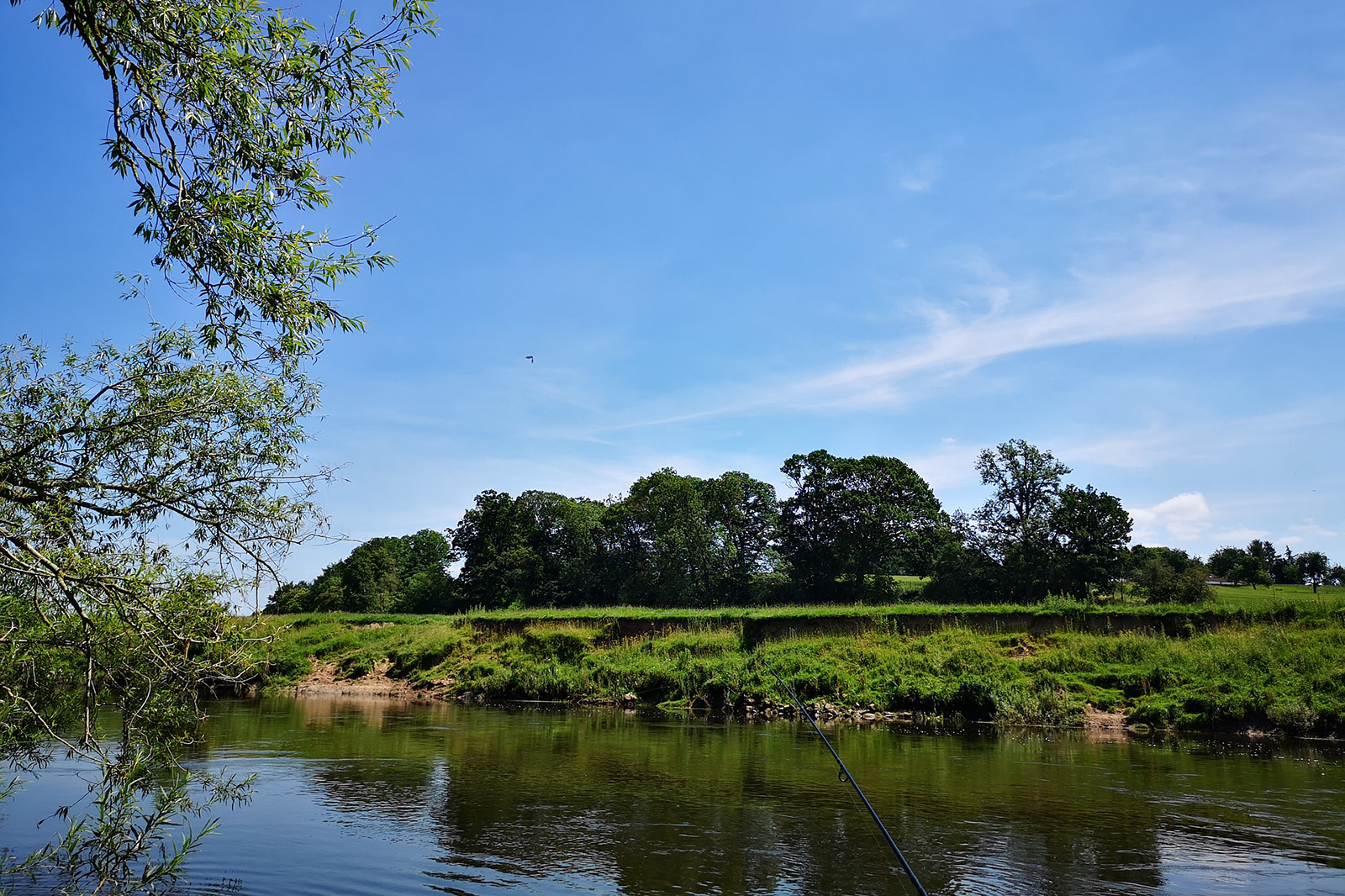
Almost two million rural homeowners face a heating dilemma if the government goes ahead with plans to phase out fossil fuel heating systems in off-grid homes and businesses.
People living in rural properties across England have warned proposals forcing them to upgrade coal or oil-fired heating systems to greener electric systems could cost around £18,000. In certain cases, where home insulation or efficiency upgrades are needed, this figure could be closer to £32,000.
And, with many households already struggling with the rising cost of living, 95% of rural homeowners say it is a cost they cannot afford.
Under the plans, which have been drawn up by ministers as part of efforts to decarbonise rural heating, from 2026 homes not connected to England’s mains gas grid will be prevented from installing new fossil fuel heating systems.
Instead, homeowners will be forced to switch to electrical systems if their current heating systems break down – a change that could cost them tens of thousands of pounds to implement.
The proposals, which were under government consultation until January this year, have come as a shock to many householders. A survey of over 1,000 rural homeowners commissioned by trade association Liquid Gas UK found almost 80% were unaware any changes were on the horizon.
Meanwhile, others have said they feel unfairly targeted by the plans, which are due to come into force nine years earlier for rural houses than urban households on the gas grid.
“Given that we’re already in 2022, a deadline of 2026 gives little time to evaluate our options,” says Heather Mason, 34, who owns a three-bedroom off-grid property in Orleton, north Herefordshire.
“Off-grid homes and families should be given the same deadlines and opportunities to manage their heating systems as on-grid families. It’s unfair to place short deadlines solely on rural homeowners.”
Felicity Edwards, who lives in a two-bedroom property in Bishops Castle, north Herefordshire, says she is concerned about the financial implications of having to upgrade her oil-fired central heating system.
“I’m very worried as the cost and upheaval of putting in a heat pump would be enormous for me,” she says. “Much as I wish the country to be greener, for this to happen in just four years is ridiculous unless there are going to be government grants and help.”
Liquid Gas UK, which represents companies in the liquified petroleum gas (LPG) industry, said the proposals failed to take into account the complexity of heating rural properties.
Instead of forcing homeowners to install electric systems, it said the government should offer a range of options, to help owners of all property types and budgets improve their homes’ carbon footprint. It says one of these options could be LPG, which is already a popular low-carbon fuel in off-grid areas, or bioLPG which is 100% renewable and offers up to 90% reduction in carbon emissions.
“Many rural homes are more expensive to retrofit and upgrade with energy efficiency measures than newer-built properties, so a one-size-fits-all approach won’t work for such a complex mix of housing stock,” says Sophia Haywood, director of public affairs at Liquid Gas UK.
“Rural homeowners want to be able to select the system that’s right for them, picking from as many low-carbon heating technologies and cost options as possible.”
Miss Haywood says LPG systems, which can be used alone or alongside heat pumps as a hybrid energy system, typically cost about £2,000 and take significantly less time to install than electric heat pumps.
And, with an ability to reduce the carbon footprint of a solid fuel-heated home by a third, or an oil-heated house by at least 12%, which is the equivalent of driving 4,440 miles in an average petrol car, LPG systems could help the government reach its sustainability goals without leaving rural homeowners substantially out of pocket.
She adds that renewable bioLPG is already available to homeowners and can be ‘dropped in’ to existing LPG systems. The LPG industry has also committed to being 100% renewable by 2040.
“People have to be given a choice in how they heat their homes, which is why it’s so important the government supports a mix of technologies.”













